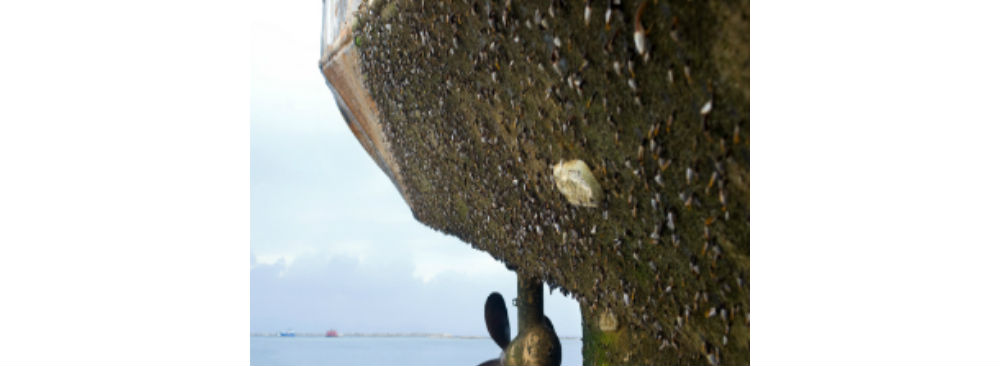Sponsored by the Office of Naval Research (ONR), Dr. Xuanhe Zhao, an associate professor at the Massachusetts Institute of Technology (MIT) and his team are exploring the use of hydrogels to reduce the attachment of barnacles to the hulls of ships.
Hydrogels can absorb water and hold onto it like a gel, creating a slippery surface that prevents barnacles from sticking to the metal. The MIT research focusses on keeping these hydrogels soft, wet and securely fastened to metal hulls.
Zhao and his team have trialled the use of a chemical bonding agent called benzophenone to fuse hydrogels with elastomers that are stretchy, durable and impervious to water. This has resulted in a sticky, water-trapping barrier that keeps hydrogels robust enough to potentially withstand the harsh hull conditions of a ship at sea.
Rather than using traditional copper-based paints and coatings, which can leach into the water and cause harm to aquatic life, this research hopes to provide a toxic-free solution to biofouling prevention.
Dr. Xuanhe Zhao, Massachusetts Institute of Technology (MIT), commented: “Our approach was inspired by human skin. The skin has an outer epidermis that protects nerves, capillaries, muscles and organs—and keeps them from drying out, maintaining their compliance. However, we can actually stretch the hydrogel-elastomer hybrid to seven times its original length and the bond still holds. It’s that strong and flexible.”
The hybrid also has potential as a circuit for transporting ions, which are electrically charged molecules. These natural circuits could be used to detect the presence of barnacles on a hull according to Zhao. Once the crustaceans are identified, a specially designed hydrogel could pump barnacle-repelling enzymes via grooves etched into the elastomer.
Zhao is a 2014 winner of ONR’s Young Investigator Program, a prestigious grant awarded to scientists and engineers with exceptional promise for producing creative, state-of-the-art research that appears likely to advance naval capabilities.
































